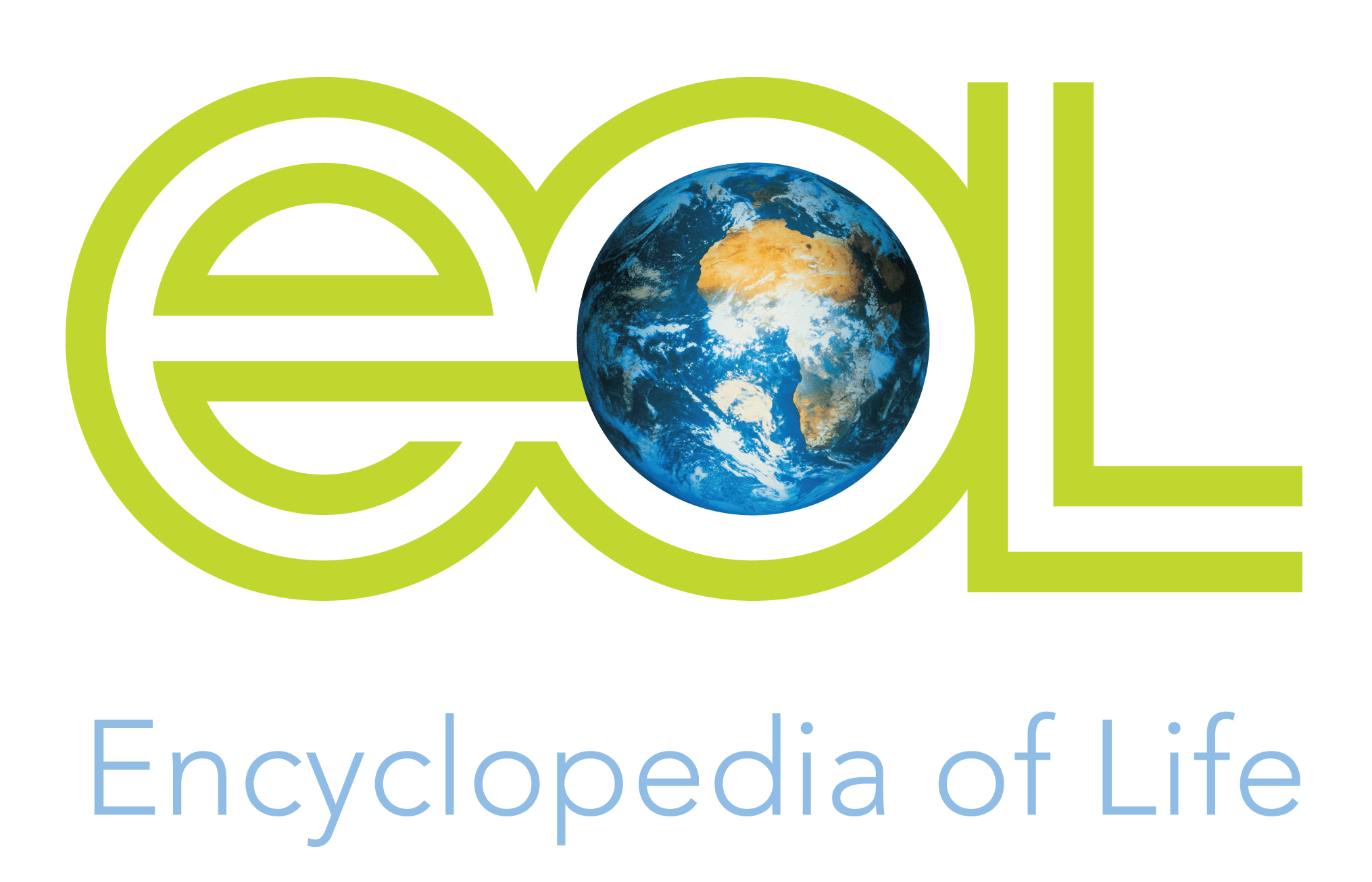habitat_narrative
Marine
Lithognathus mormyrus lives over sandy or mud-sandy bottoms, as well as on seagrass beds, to a depth of about 150 m and sometimes enters brackish waters. It is gregarious, occasionally forming sizeable schools (Carpenter in press). It is carnivorous, searching the bottom for worms, molluscs and small crustaceans (Carpenter in press). Ontogenetic variation in the dietary composition shows that detritus is important, but not the main item, in the diet of the young (Gushchin et al. 2013) and that while growing the fish become more generalist feeders. In the summer season, they become more selective feeders (Kallianiotis et al. 2005). The overall percentage of empty stomachs (17.7%) evidenced variation with seasons, maximum during winter (30.0%) and minimum during summer (8.3%). The prey belong to eight major groups: Gastropoda, Bivalvia, Polychaeta, Decapoda, Amphipoda, Copepoda, Echinodermata and Teleostei. This species is an active seeking bottom feeder whose diet consists of diverse benthic groups, with wide range of size and morphology (Santic et al. 2010). Adults of this species usually occur in waters deeper than 10 m, over sand substrates from the surf zone to about 50 m (Buxton et al. 1984). Juveniles occur in shallow surf zone waters <10 m and use large marine bays in the Eastern and Western capes of South Africa as nursery habitats (Lasiak 1981, 1986).Growth
The longevity of this species is 12 years (Kraljevic et al. 1996), and its maximum length is 55 cm (Fischer et al. 1987). In South Africa, the maximum length recorded was 46 cm SL and the maximum weight was 940 g (Mann and van der Elst 2000), while in the Canary Islands maximum length was 37.2 cm and maximum weight was 748 g (Lorenzo et al. 2002). The parameters for its mortality are: Z=0.79, M=0.61 (Kallianiotis et al. 2005); and Z=0.77, M=0.42 (Kraljevic et al. 1996).
The parameters of the Von Bertalanffy growth model for this species are: L.inf.=30.9 cm, K=0.21, t0=-0.99 (Kallianiotis et al. 2005); L∞=40.05 cm, K=0.19, t0=-0.94 (Kraljevic et al. 1996); L.inf.=33.27 cm, K=0.27, to=0.057 (Suau 1970); and L.inf.=26.55 cm, K=0.20, to=-1.81 (males) and L.inf.=32.6 cm, K=0.13, to=-2.12 (females) (Turkmen and Akyurt 2003). The allometric coefficient of the length-weight relationship is 3.242 (Kallianiotis et al. 2005), 3.063 (Kraljevic et al. 1996).
In the Canary Islands, the oldest age estimated was eight years (Lorenzo et al. 2002, Kallianiotis et al. 2005), while in the Adriatic maximum age was 12 years (Kraljevic et al. 1996). It grows relatively fast during the first few years of life, attaining approximately 50% of its maximum length during the second year. After the second year, the annual growth rate drops rapidly, related to sexual maturity. There is a difference in growth between sexes, with females reaching a slightly larger size than males at the same age, which is characteristic of protandric species such as L. mormyrus (Besseau and Brusle-Sicard 1991, 1995; Pajuelo et al. 2002).
In a study assessing the factors affecting mortality of Lithognathus mormyrus, caught and released in a recreational fishery in the Balearic Islands, this species exhibited higher mortality rates (33%) compared to Diplodus annularis, with over 90% of the catch under the minimum legal size. Deep-hooking was the strongest predictor of mortality (Alos et al. 2009).
Reproduction
This species has been reported as a protandrous hermaphrodite off the Canary Islands (Lorenzo et al. 2002), the Adriatic Sea (Kraljevic et al. 1996) and the Thracian Sea (Kallianiotis et al. 2005). Sex-change occurred between 21 cm and 30 cm (at four to nine years). The spawning period occurs in summer from May to September, with gamete emission peaking in June-August (Kallianiotis et al. 2005). In the Adriatic Sea, sex-change occurs mainly at lengths between 24.1–35.2 cm (at four to eight years) (Kraljevic et al. 1996). In Turkey, reproductive activity occurs between April and August and the length at first maturity is 13.4 cm for males and 13.9 cm for females (Turkmen and Akyurt 2003). The age at 50% maturity in the Canary Islands and the Thracian Sea, Greece was reported between 2–2.5 years for males and 3–3.6 years for females. The length at 50% maturity for males was 16.2 cm to 20.7 cm and 19.0 cm to 24.6 cm for females (Lorenzo et al. 2002, Kallianiotis et al. 2005).
Generation length for L. mormyrus is estimated to be five years, using the following equation for a gonochoristic fish species: Generation length = Σxlxmx/Σlxmx

